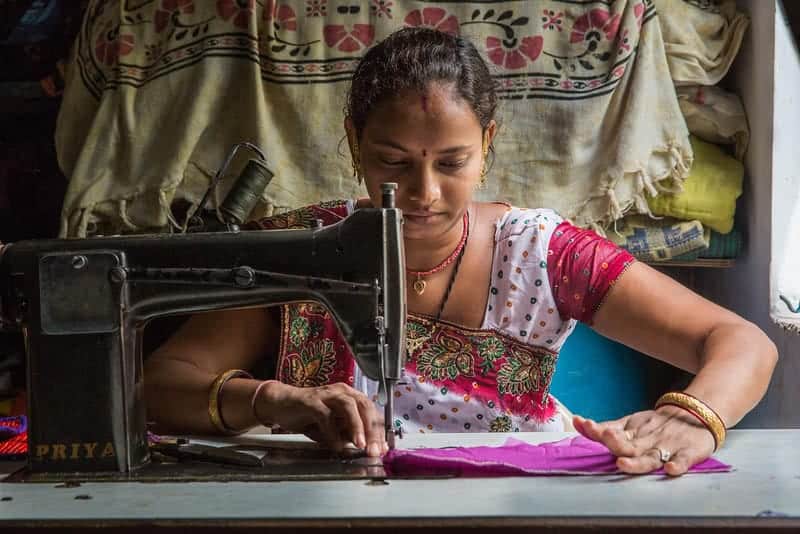“When we think of work-from-home, let us enable and promote better living and working conditions not just for the elite, but also for the large number of vulnerable and often invisible home-based workers,” say WIEGO’s Shalini Sinha and Malavika Narayan in this article published in Scroll, a prominent Indian digital news publication.
Home-based work constitutes a significant share – 22.7% – of the female workforce in urban India. There is a growing trend of outsourcing work to homes, making home-based workers the largest worker group in urban India at 11% of total employment. Owing both to a lack of proper work contracts and their isolated location within their own homes, they are a particularly marginalized set of informal workers. Their earnings are low and they have no protections or benefits.
As part of the urban working poor, home-based workers live in informal settlements characterized by overcrowding and poor infrastructure. The reality of homes being used for much more than shelter by urban workers has to be recognized and reflected in the housing policies of the country, the authors say, noting that the focus should be on enabling the provision of adequate affordable housing with secure tenure and access to basic services.
This moment of blurred boundaries between home and work in the face of a worldwide public health crisis allows us to reorient our perspectives on work and cities, say Shalini and Malavika. The need to increase the visibility and recognition of home-based work is a long-standing demand that has been made even more urgent.
